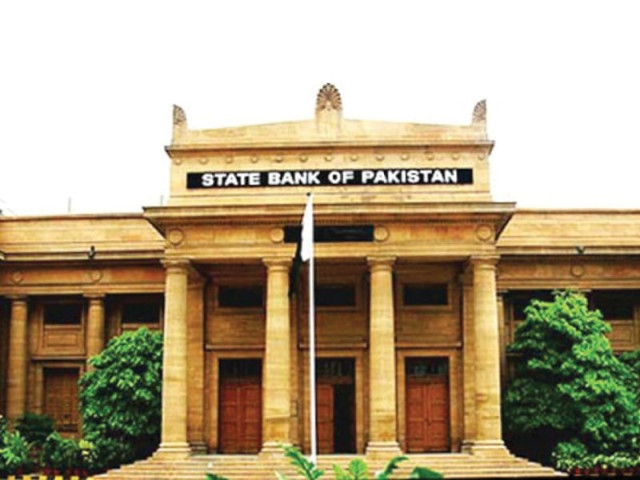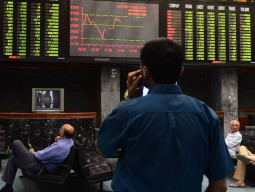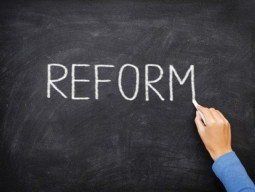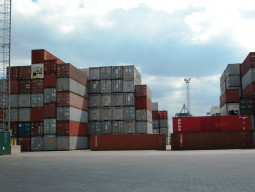
The rate hike was very much in line with the International Monetary Fund’s (IMF) demand that Pakistan push the interest rate into double digits.
“The new rate will come into effect on December 3, 2018,” the central bank announced.
With the fresh revision, the central bank has raised the interest rate by a cumulative 4.25 percentage points in five rounds since January 2018. The prime objective is to make borrowing expensive in a bid to apply brakes on the accelerating inflation in the country.
“Near-term challenges to Pakistan’s economy continue to persist with rising inflation, an elevated fiscal deficit and low foreign exchange reserves,” the SBP said in the Monetary Policy Statement released on Friday.
Earlier, the benchmark Consumer Price Index (CPI) inflation hit a 50-month high at 6.8% in October 2018 on a year-on-year basis compared with 5.1% in September 2018, according to the Pakistan Bureau of Statistics (PBS).
AHL Research said, “We forecast the inflation rate will peak at 9.05% in January 2019, 9.9% in February and 10% in March following the recent increase in gas, electricity and petroleum product prices.”
During recent talks for a bailout package, the IMF asked Pakistani authorities to increase the interest rate to double digits.
Earlier in the day, Pakistani currency weakened 3.8% and closed at an all-time low of Rs139.05 to the US dollar in the inter-bank market. The currency depreciation was also in line with the IMF’s recommendation.
The SBP said average inflation in the first four months of FY19 increased 5.9% compared with 3.5% in the corresponding period of FY18. “This trend is even more pronounced in core inflation, which indicates growing inflationary pressures in the economy,” it said.
A disaggregated analysis reveals that this is due to both demand and supply-side factors. Considering these developments, the SBP projects average headline inflation for FY19 in the range of 6.5% to 7.5%, above the annual target of 6%.
The latest increase of 1.5 percentage points in the interest rate is aimed at containing inflation, while the previous hike of 2.75 percentage points was targeted at taming the unsustainable current account deficit, which ate up the country’s dollar reserves and posed import payment and debt repayment challenges.
The central bank said the economic data released since the last Monetary Policy Committee (MPC) meeting in September 2018 shows that the positive impact of recent stabilisation measures has started to materialise gradually. “Particularly, the current account deficit is showing early signs of improvement.”
A significant drop of a total of 31.8% in the rupee value - including 3.8% on Friday - to Rs139.05 to the US dollar since December 2017 has equally played an important role in containing the current account deficit. The latest depreciation in the rupee would further impact the economy in both ways; positive and negative.
Market anticipates 1% hike in key interest rate
GDP to grow 4% in FY19
While the interest rate-hike and rupee depreciation are helping the country cool down the aggregated demand in the economy in shape of narrowing down the current account deficit, the measures would simultaneously slow down the real economic growth as well.
“SBP projects real GDP (Gross Domestic Product) growth for FY19 at slightly above 4%,” the statement said.
In the previous Monetary Policy Statement, the central bank had forecasted 5% GDP growth for the year compared to the government set target of 6.2% for the year in progress.
The SBP said that the lagged impact of previous 2.75 percentage point hike in interest rate since January 2018 and other policy measures are likely to contain domestic demand during the current fiscal year. Furthermore, initial estimates for major crops, except wheat, are expected to fall short of levels achieved in the last year. The slowdown in commodity producing sectors is expected to limit the expansion in the services sector as well. In this backdrop, SBP projects real GDP growth to slow down in FY19 compared to 13-year high of 5.8% achieved in the previous fiscal year 2018.
On the external front, import growth decelerated to 5.8% during Jul-Oct FY19 from 26.3% recorded in the same period of last year reflecting the impact of recent tightening measures. Even this growth in imports is mainly explained by an increase in the oil import bill because of higher international oil prices in recent past times.
Non-oil imports contracted by 4% in the first four months of FY19, this, along with a continued increase in exports and workers’ remittances, narrowed the external current account deficit from $5.1 billion in July-October FY18 to $4.8 billion in July-October FY19; a net improvement of 4.6%.
Despite these positive developments, SBP’s net liquid foreign exchange reserves remained under pressure falling to $8.1 billion as of November 23, 2018 from $9.8 billion at the end of FY18.
Silver lining
Going forward, there is an expectation of receiving higher foreign currency inflows from both private and official sources during the second half of FY19. Furthermore, recent bilateral arrangements including the deferred oil payments facility would also be available to the market from January 2019 onwards.
The projected decrease in the current account deficit that could be further supported by the recent decline in international oil prices will encourage confidence in the foreign exchange market. These developments would help reduce pressures on SBP’s net liquid foreign exchange reserves.
Published in The Express Tribune, December 1st, 2018.
Like Business on Facebook, follow @TribuneBiz on Twitter to stay informed and join in the conversation.


















COMMENTS
Comments are moderated and generally will be posted if they are on-topic and not abusive.
For more information, please see our Comments FAQ